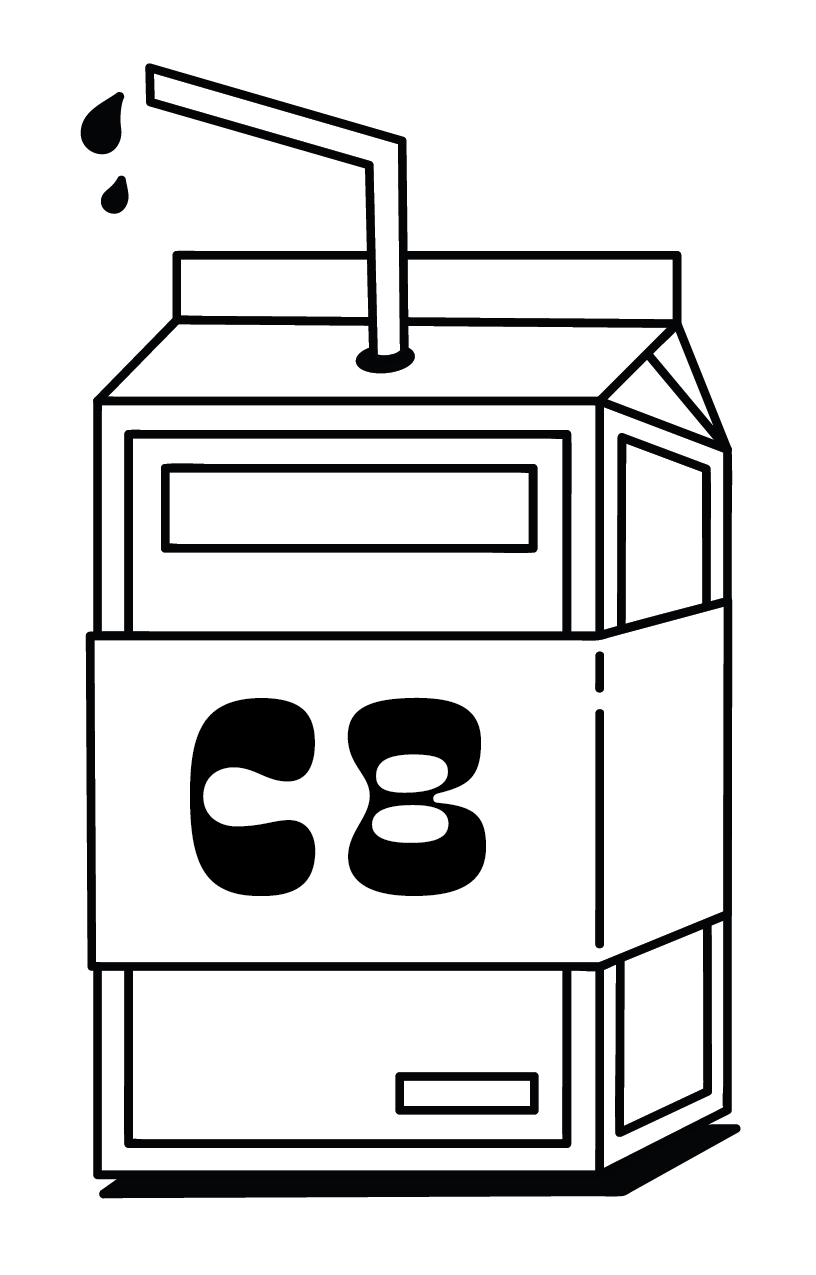User Research
PROTO PERSONA
Before conducting interviews the UX team created a proto persona of a travel application user. Before the the research plan, as a team, we created a user that fit our target market.
AFFINITY DIAGRAM
As a team we wrote down our insights from our six interviews. From the the interviews and insights we categorized the information into a affinity diagram.
EMPATHY MAP
Each team member created a empathy map from the insight and affinity diagram content creating an outline of a user persona.
PERSONA
From the empathy map emerged a user persona. Savannah Smith is an excellent example of someone that would use our mobile application and has qualities of our target market.
Definition and Ideation
USER INSIGHT
Savannah Smith, a dental hygienist, who is passionate about traveling needs a uncomplicated way to plan a budget friendly and reliable vacation because she wants to relax and have an enjoyable trip with her friends without any frustrations.
PROBLEM STATEMENT
Our travel application was designed to achieve travel arrangements for users on a budget. We have observed that users need a budget friendly, convenient, and easy to operate application to book travel accommodations because they want a place to schedule all of their travel plans without any frustrations. How might our travel application improve travel planning so our users find their experience on our application successful in managing a reliable and budget friendly vacation?
FEATURE PRIORITIZATION METHOD
After the I like, I wish, What if method was completed the designer then created a Feature Prioritization map, identifying the most important problems to solve first.
STORYBOARD
A Storyboard was used as a tool in the ideation process to visually predict and explore the user’s experience with the application.
USER JOURNEY MAP
A User Journey Map was created by the designer to outline the customer needs and paint points when interacting with the product.
Prototyping
USER FLOW
A User Journey Map was created by the designer to outline the customer needs and paint points when interacting with the product.
SKETCHES
From the user flow the designer then sketched rough wireframes of the application.
LO-FI WIREFRAMES
From the sketches the designer then completed digital wireframes. From the sketches additional tasks and screens were added.
TESTING AND ITERATING
GUERILLA TESTING
Testing was performed on the sketched prototype and the lo-fi wireframe.
ISO PROTOTYPE
From the previous wireframes the designer then completed ISO mockups.
SUMMARY
In conclusion, the startups’ goal was to build a mobile application to assist travelers with planning a budget friendly trip. The team wanted to create an application that is user friendly, and provide a collection of resources to make traveling on a budget trouble-free, secure, and relaxed.
The UX designer went through four steps:
Step 1: User Research
Step 2: Definition and Ideation
Step 3: Prototyping
Step 4: Testing and Iterating
From the steps above the startup was able to succeed on their goal and build a ISO prototype solution that makes planning a trip on a budget successful so the user is able to enjoy every part of their travels.

